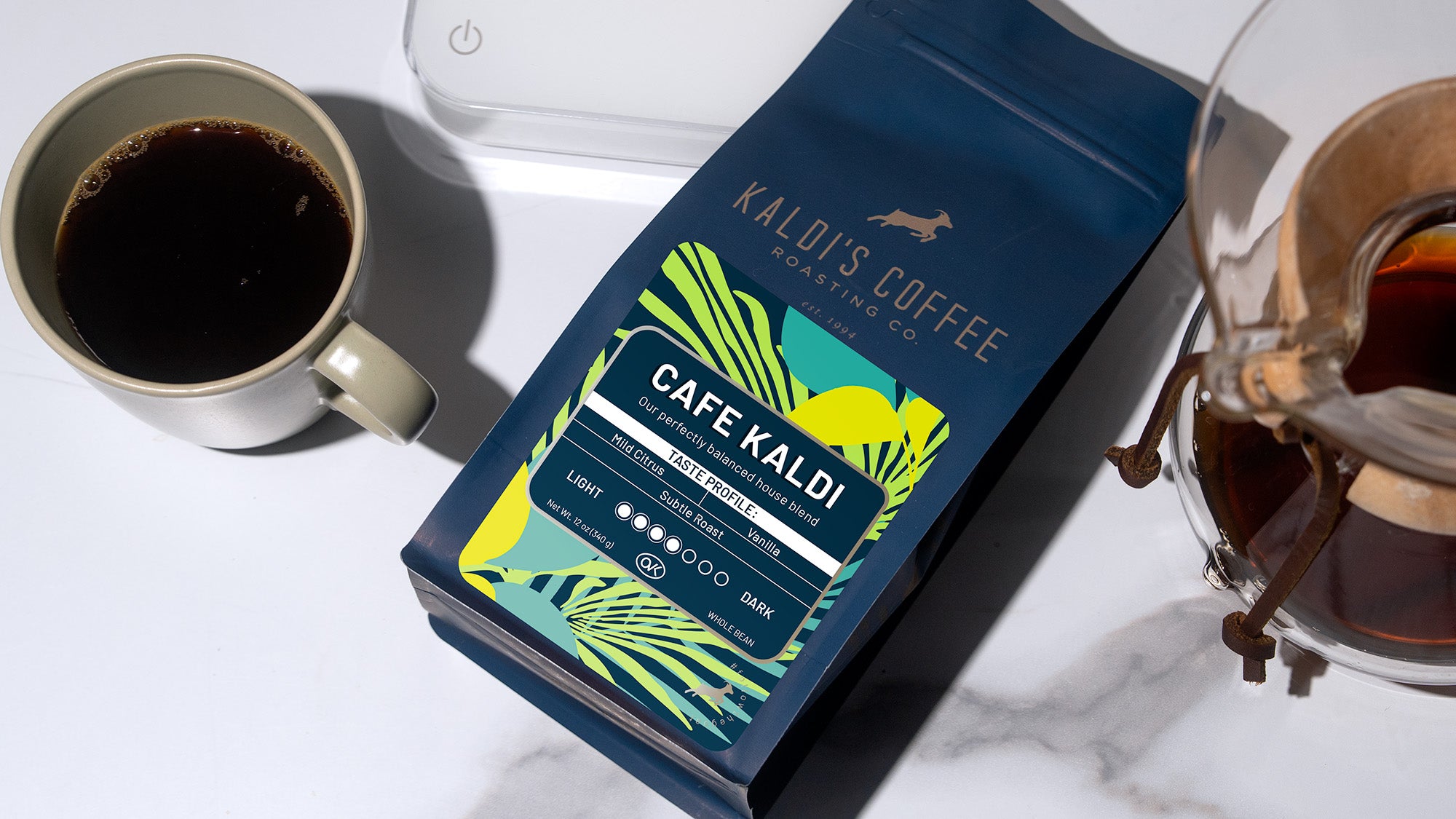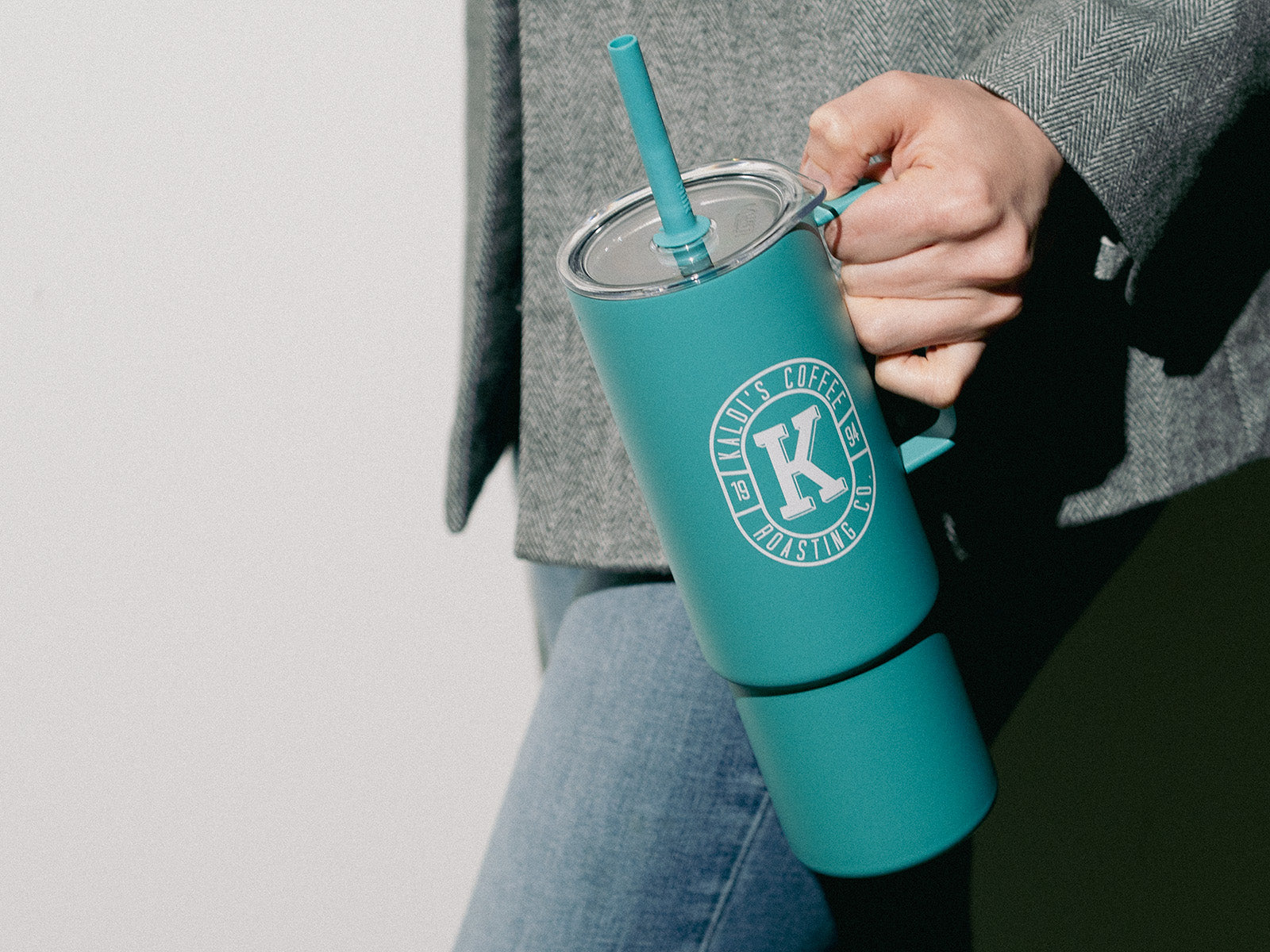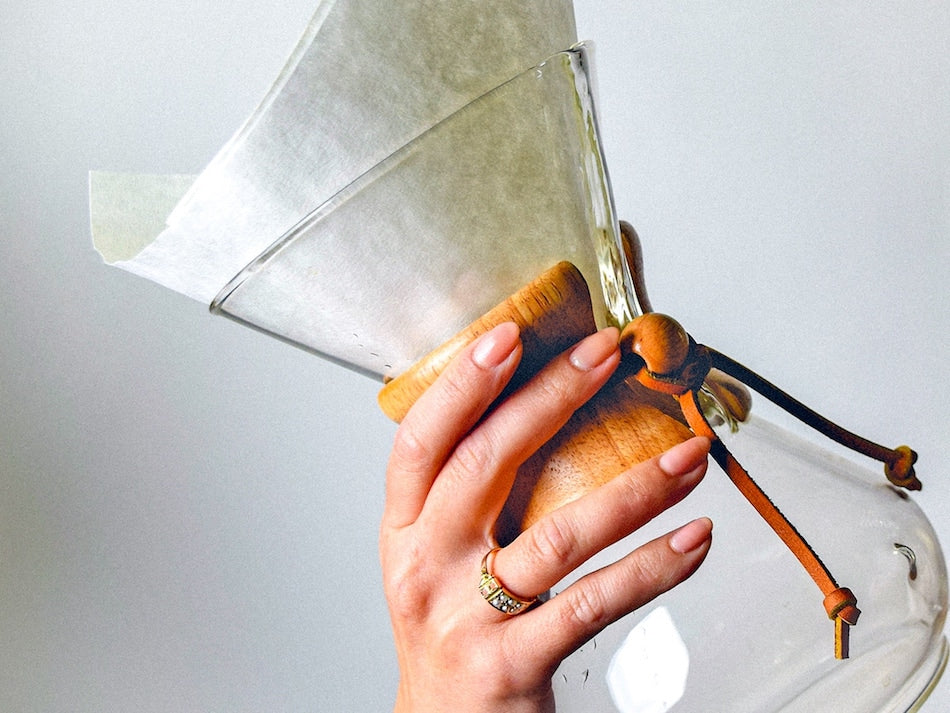The COFFEE Brewing Rabbit Hole
Rabbit holes, we’ve all gone down them. Like going down a rabbit hole of Wikipedia articles about 90s movies. Or watching every Netflix movie with cameos by Rob Schneider. Sometimes you unconsciously fall into their trap, other times it’s a very conscious thrill-ride where you get as much joy from the hunt as you get from the discovery itself (like the Rob Schneider example).
And manual coffee brewing is no different. Do you know somebody that’s very into hand brewing coffee? And has a whole lot of coffee brewing devices? Is one of them a French Press? More than likely, that person (or you) went down the coffee brewing rabbit hole.
The path usually goes something like this:
- not putting milk or sugar in your coffee
- switching from “big name coffee” to a local roaster at the grocery store
- getting a blade coffee grinder with 4,000 5 star reviews on Amazon
- ordering a French press
- getting your next bag fresh roasted directly from the roaster
- trying out a new single origin, your first burr grinder
- buying a gooseneck kettle
- picking up a scale with .1g sensitivity
- getting the flavor notes you see on the bag
- buying a Kalita Wave
- Agonizing over your brew going 15 seconds too long…

On so on, and so on. Soon, you’re checking out the latest blog about coffee extraction principles, signing up for new products on Kickstarter, tinkering with your ratios, and filling up your cabinets with new devices.
The progression happens every day as new people discover manual brewing, the difference it makes in your cup, and the joy it can bring to your morning coffee routine and serving something you made to someone you love.
COFFEE IS FOR YOU
We should note that we hold true to this fact:
Coffee is only as good as the enjoyment you get from it.
Like a different ratio? Do it! Like a different pour method or just boiling your coffee for 30 minutes? Then we like it, too! These are simply some thoughts and some insight into how others think about and brew coffee. There’s a time and a place for everything.
Furthermore, these thoughts and theories change all the time. The coffee community is clever and curious and new findings are happening daily. Part of the fun is sitting back and taking it all in as it comes.

Further Down the Rabbit Hole
Recently, we posted a video showing how one of our team members brews his V60. In that post, a lot of terminology was used and the techniques were the culmination of years of tinkering in the quiet hours of the morning and more methods and changes than he can count. In essence, he went pretty far down the hole. Here, we’ll talk a little more about the techniques that were presented, what they say about coffee brewing in general, and what you can do as you enter, or dive deeper into, the rabbit hole. Check out the video here!
Grinding fresh
Coffee suffers from oxidation like any other food. The more that occurs, the duller the resulting flavor. Furthermore, ground coffee has more surface area to oxidize, so the longer coffee is in its ground form, the more the flavor dulls. Grinding fresh (ideally with a quality burr grinder) gets you the most vibrant flavors (generally speaking, some caveats apply).
Divot in the grounds
One of your goals with the bloom is to get the grounds as evenly wet as possible, as fast as possible. This ensures the most even extraction at the end of the brew. The very bottom of your coffee bed (in a conical brewer like a v60) receives water later than the top of the coffee. A “divot” helps to alleviate this and also free up some hidden bubbles of CO2.
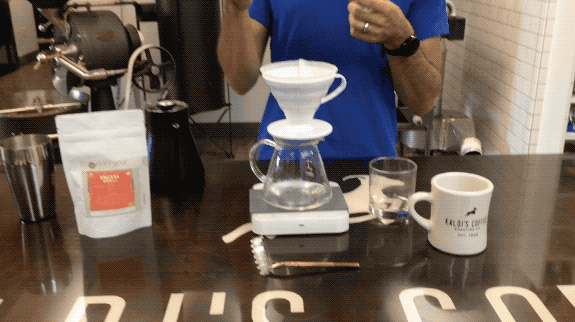
Hot water
The Specialty Coffee Association recommends having your coffee slurry reach 195-205F in order to extract the very tastiest compounds and acids from your coffee. These temperatures are dependent on roast level, origin, and preferred taste, but that range provides a good reference point.
Recent studies and experiments have shown that heat loss occurs very quickly from kettle to coffee, so starting with water that’s near boiling for light and medium roasts is the best practice. If you're a dark roast fan, wait about a minute after boil. Some newer findings show that the tastiest acids in the coffee come out early in the brewing process, but only if the temperature is hot enough.
Swirling the bloom
Another relatively-new thing, swirling the bloom helps to eliminate channeling (dry pockets in your coffee bed that cause uneven extraction) that happens as the bloom water enters the coffee bed. Again, this just helps with the evenness of your extraction.
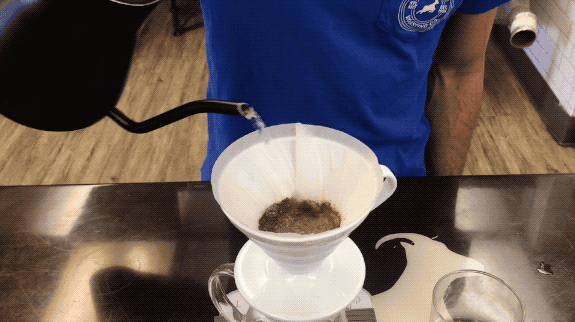
Slow Pour
There are lots of ways to do this, but in this brew a very slow pour is used so that water is moving through the coffee bed as evenly as possible and gravity is doing most of the work. Agitation of the bed happened early on, so more is not as necessary.
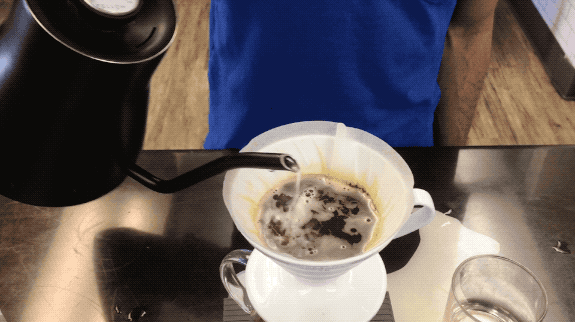
Flat bed
A flat bed at the end of the brew means that the highest percentage of water was in contact with the bed for the same amount of time. To put it to the extreme, imagine if the bed was at a 45 degree angle instead. The water would have left the top of the bed earlier and extracted more from the lower part. The last little “swirl” helped ensure this.
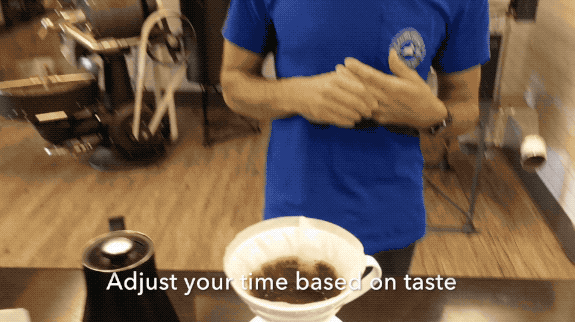
Brew Time
A common suggestion of late is that you should brew a coffee until it’s bitter, and then back down from there. This helps maximize the sweetness you get from a coffee. Different coffees brew differently, however, so it’s up to some trial and error to get to this point. A lighter roasted coffee will take longer while a full-bodied, classic dark roast will take shorter.
Using the Melodrip
The Melodrip is a very interesting tool that aims to decrease the agitation caused by pouring with a gooseneck kettle. Goosenecks are great for control, but can cause the coffee bed to get “stirred up” as it moves around. The Melodrip “mellows” this out and, once again, allows gravity to do most of the work for you. It’s a simpler way to accomplish the very slow pour shown in the video.
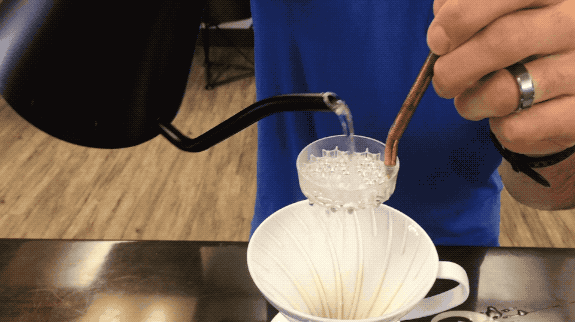
You Brew You
Brewing can be a very personal experience. Many people have their own theories, whims they follow, and personal stamps that they put on their brews. One of the early stages of brewing is trying to find a recipe from a trusted resource and stick to it to a “t” (“this brew MUST finish at exactly 2:45!”) while you build your confidence and experience. But slowly it becomes just as much of an art as it is a science, and just like any art, the final product is subject to the interpretation of the viewer.
Except in this case you can drink it.
Brew it up, drink it all in, and don’t forget that coffee is a beautiful thing.
-
Read Next:
RELATED CONTENT:
- Cupping Specialty Coffee | Education Page
- Spider Charts and Flavor Calls: Choosing Your Next Single Origin | Kaldi's Coffee Blog
- Coffee Processing and Your Cup | Kaldi's Coffee Blog






